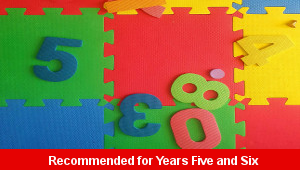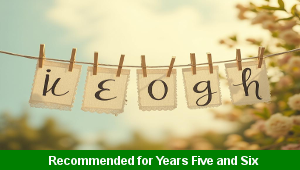Lesson Two – Paragraph Summaries

This English teaching pack for Year Six in Key Stage Two gets the children to read and summarise paragraphs from a non-fiction text about a royal monarch from the past
The class can explain and model how to use commas in sentences about kings and queens that ruled Britain in the past to separate clauses and phrases and enhance meaning for the reader.
Download this teaching pack including a lesson plan, classroom activities and an interactive presentation to teach the children to read and summarise paragraphs from a non-fiction text about a royal monarch from the past
Activities in this teaching pack include a worksheet to get the children to identify and record the summary of different paragraphs taken from a non-fiction text about a significant monarch that ruled Britain in the past.
The interactive presentation gets the children to explore how to summarise paragraphs and use commas to punctuate phrases and clauses in sentences about kings and queens.
This lesson is part of an English scheme of work to get the children to investigate different non-fiction texts about the lives of royal monarchs from British history by writing an example biography for a Tudor monarch that might have ruled Britain in the past. There are teaching activities for shared learning, differentiated worksheets to support independent learning and interactive presentations to introduce concepts and key skills.
-

Digit Combinations
Practise building and comparing a range of numbers by combining and matching sets of digits with different number values
-

Letter Strings Words Sums
Learn the meanings and practise spelling words with common letter strings to work with when composing example sentences on different topics and themes
-

Town Flag
Investigate and practise how to create different graphic shapes that can be utilised when producing a flag representing the local community
-

Three Digit Values
Investigate and compare the place value of the matching sets of digits in numbers to one thousand to indicate their hundreds, tens and ones values
